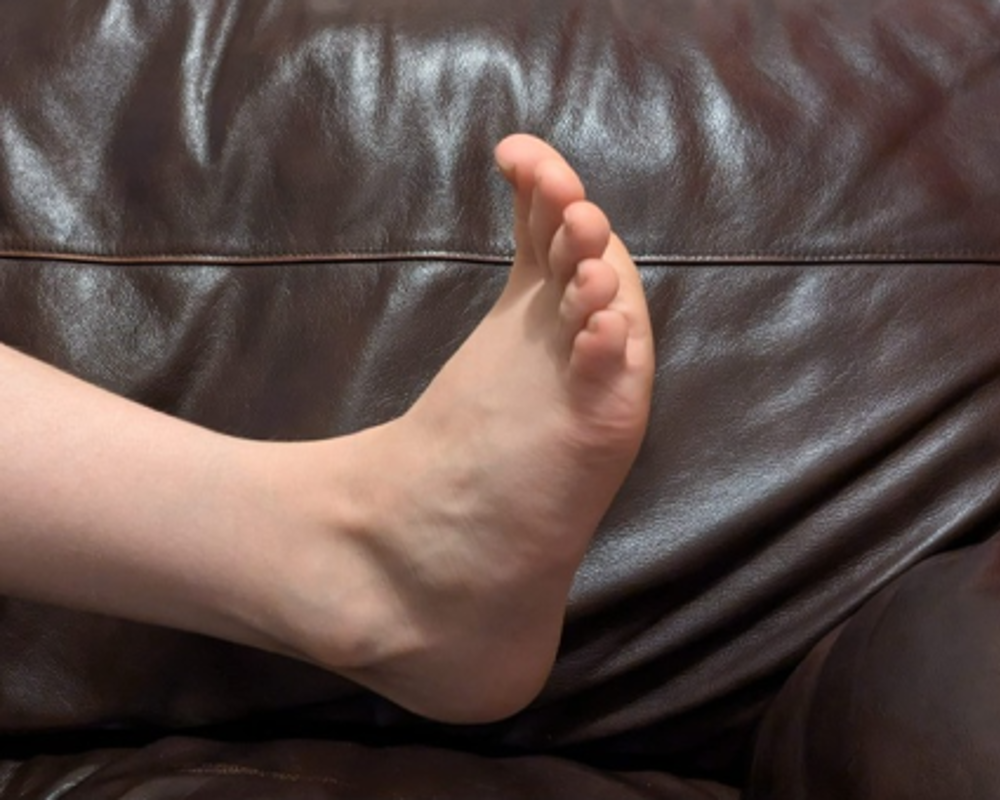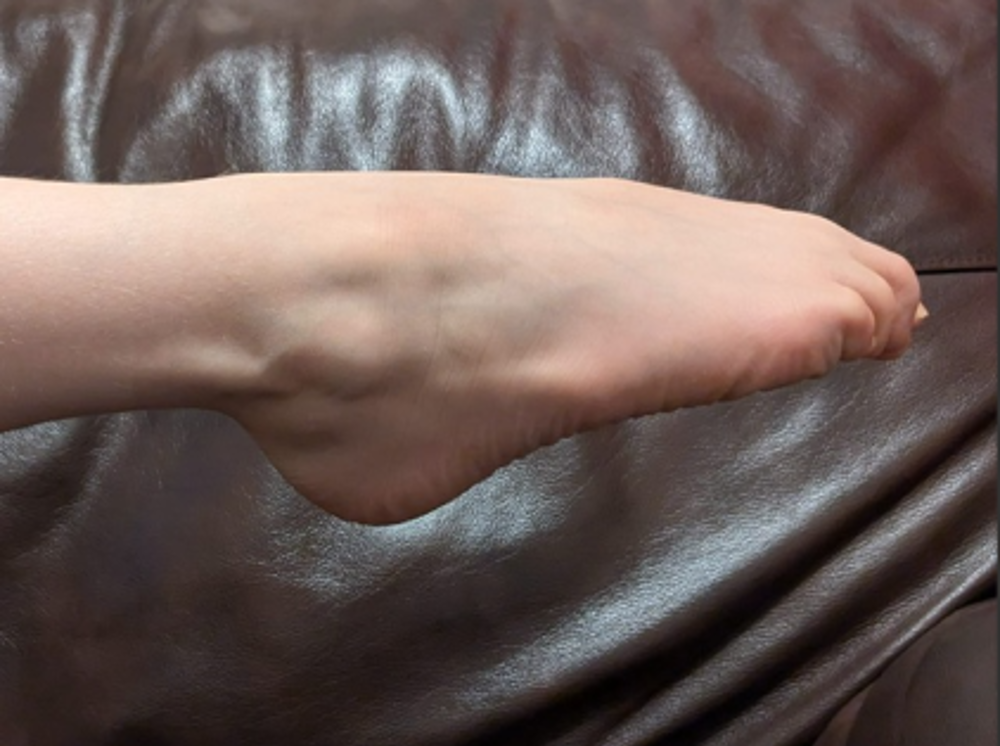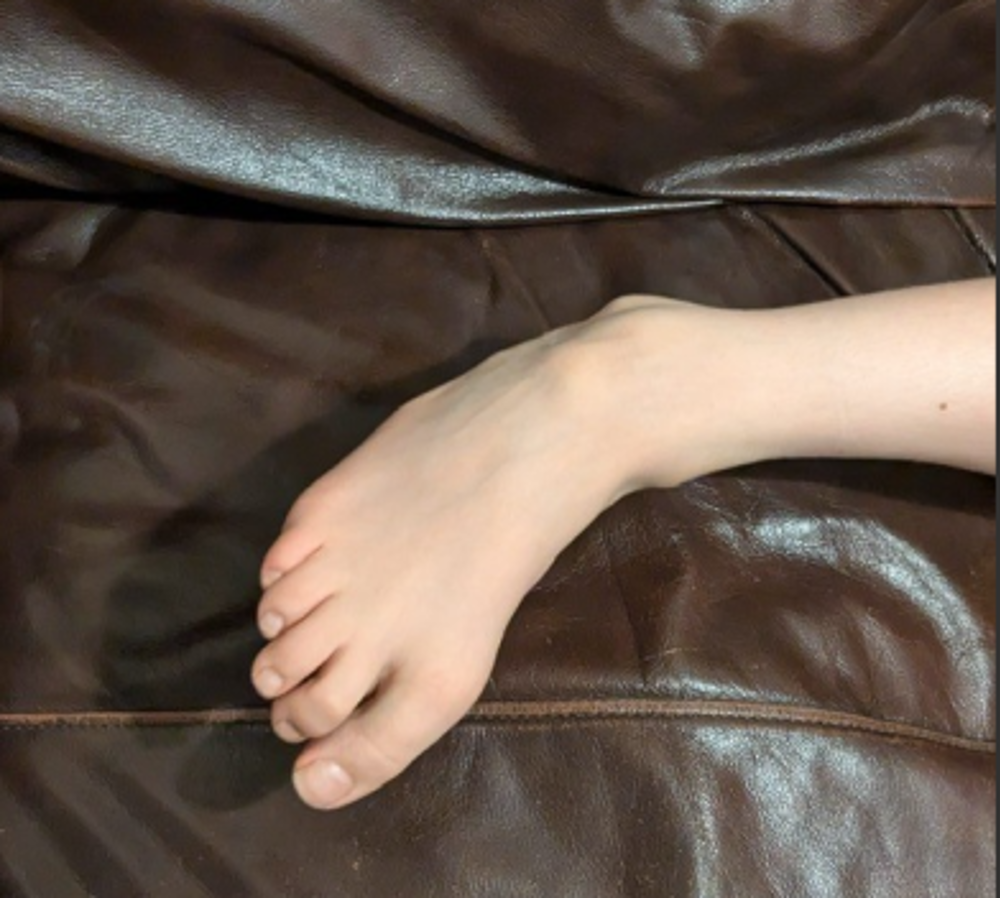Children and Young People’s Physiotherapy Service CYP Physiotherapy/MSK/ Ankle Soft Tissue Injury
(CYP code: 5.2.2.5.5.4 )
Version 4
Date of Issue: July 2017
Date of review: December 2024
Review Date: December 2026
If review date has passed, the content will apply until the next version is published

Management Advice after Ankle Soft Tissue Injury
Soft tissue ankle injuries (strains and sprains) are quite common in children and young people. It is normal to have pain and stiffness afterwards. Restoring normal movement and walking as soon as possible is very important to avoid post-injury stiffness and weakness. The more you move and use your leg, the faster it will heal. Regular use of ice and painkillers are important to manage swelling and discomfort. If you are ‘too sore to move’ this will slow your recovery.
If you have been given a moon boot or crutches, this is for support and reassurance only.
- You should aim to have stopped using the moon boot within 1 week. It should NOT be kept on for longer than 2 weeks.
- You do NOT need to be seen by Physiotherapy first to remove the moon boot.
This can be done in short spells with the boot taken off and doing the suggested exercises on the next page.
- Moving your ankle the first few times without the moon boot can be uncomfortable, but “little and often” is helpful.
- This is particularly true for younger children who can be quite anxious and may need extra support and encouragement.
If you have been given crutches, gradually decrease the use of them over the next few days. Trying to put as much weight as possible on your ankle over the next few days will also aid your recovery.
If you have been discharged with a moon boot /on crutches, you will be referred for Physiotherapy.
Following the advice before attending the appointment is important and will speed up your recovery.
These simple exercises below will help you get your movement back:


Lying or sitting.
Bend and straighten your ankles briskly. If you keep your knee straight during the exercise, this will help you stretch your calf muscles.
Repeat 10x increasing to 30x regularly throughout the day.

Lying or sitting
Draw circles in the air with your toes.
Repeat 10x increasing to 20x in both directions regularly throughout the day.
Please remember:
Most soft tissue injuries can take 4 to 6 weeks to resolve.
You should gradually return to normal activities over this time.
Once you have full movement, strength and no swelling you should feel confident to return to full activities.
Further advice
If your symptoms are not improving, please attend your GP for further assessment or complete a Physiotherapy Request for Assistance form on our website on NHS Fife at www.nhsfife.org. or contact the Children and Young People’s Physiotherapy service on Fife.paedsphysioreferrals@nhs.scot
Accessible formats
If you require this information in a community language or alternative format such as Braille, audio, large print, BSL, or Easy Read, please contact the Equality and Human Rights Team at: email: fife.EqualityandHumanRights@nhs.scot or phone 01592 729130. For people with a hearing or verbal impairment you can also contact the team through the NHS Fife SMS text service number on 07805800005.




